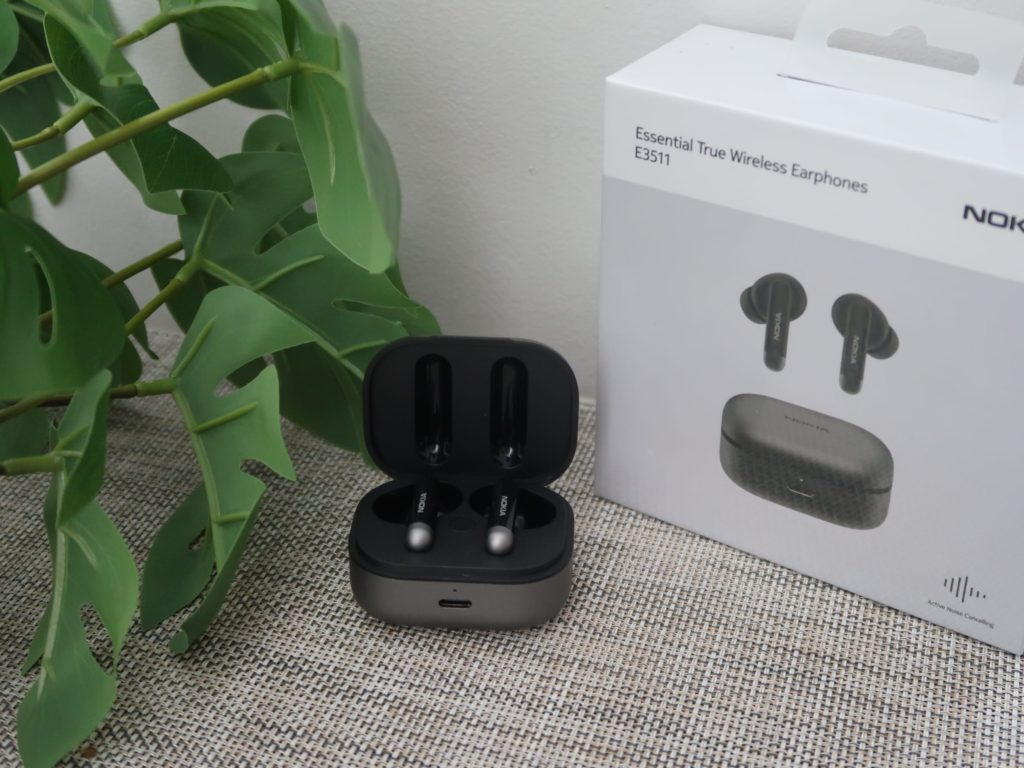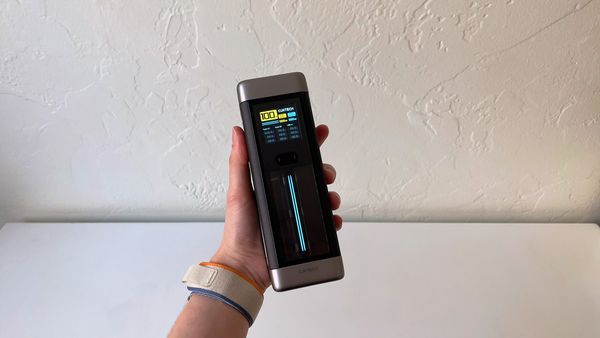Jaw Bone Stem Cells Might Offer you Reduction for Victims of Distressing Joint Condition

Temporomandibular joint or more commonly referred to as TMJ is a issue that lots of endure from on a world wide scale. A recent research identified out that about 10 million individuals, women of all ages staying a greater part in the US are victims to this disorder.
So what is the temporomandibular joint? The joint that inbound links your jaw to the temporal bones of your skull which are found suitable in front of your ear is known as your temporomandibular joint. It functions like an axis that enables movements to your jaw that permits you to talk, chew, and yawn.
So, if you are acquiring difficulty with your jaw and the managing muscle tissue in your encounter, it is called temporomandibular problems or TMD. The cause of this condition is not clearly recognized or outlined. Possible symptoms of TMD, which dentists think could truly be a consequence of difficulties in the jaw muscle tissue or with the parts of the joint itself.
Acute ache and soreness are usually brought on by TMD that might affect both of those sides of your deal with. This may well subsequently direct to several other indications like concentrated soreness in the jaw, encounter and head inconvenience in gulping and conversing and faintness. The issue may be non permanent or possibly previous for quite a few years. It is a popular prevalence involving the ages of 20 and 40.
Produced of fibrocartilage, TMJ in a balanced point out helps the jaw to functionality smoothly by acting as a cushion. Yet, the cartilage is not geared up with the capability to fix or renew. Consequently, all the out there cure or operation does is to disguise the indicators but not actually treatment fix the critical impairment of the joint.
Published in Mother nature Communications under “Exploiting endogenous fibrocartilage stem cells to regenerate cartilage and repair joint personal injury” a investigation group at Columbia University’s School of Dental Medicine (United states of america) carried out a mobile culture reports as effectively as medical trials on animals that acknowledged that stem cells inside of the TMJ possessed the prospective to create cartilage and bone. Further more investigations by the exploration staff offered that Wnt, a protein, with its signalling exercise led to the diminution of these fibrocartilage stem cells (FSCSs) in animals. As a outcome of this, it instigated considerable weakening of the cartilage on introducing an recognized inhibitor of Wnt into the animals’ impaired TMJ stimulated advancement and recuperation of the joint.
“This is really remarkable for the area due to the fact people who have difficulties with their jaws and TMJs are quite limited in conditions of clinical treatments out there,” mentioned Mildred C. Embree, DMD, PhD, assistant professor of dental drugs at Columbia and guide creator of the analyze. Dr. Embree’s team, the TMJ Biology and Regenerative Drugs Lab, carried out the investigate with colleagues which includes Jeremy Mao, DDS, PhD, the Edwin S. Robinson Professor of Dentistry (in orthopedic surgery) at Columbia.
The up coming move of the investigation is to take a look at solutions of suitable Wnt inhibitors that may possibly be attempted under medical disorders. In a university press launch, Jeremy Mao, a co-writer on the paper, talked about the implications of these benefits. “They recommend that molecular indicators that govern stem cells may well have therapeutic applications for cartilage and bone regeneration. Cartilage and specific bone flaws are notoriously tricky to mend.”
In the extended run, Dr. Embree and her staff say the outcomes could spearhead eventual procedures for mending fibrocartilage in other joints, including the knees and vertebral discs. “People varieties of cartilage have distinct cellular constituents, so we would have to genuinely look into the molecular underpinnings about how these cells are controlled,” the researcher explained.





